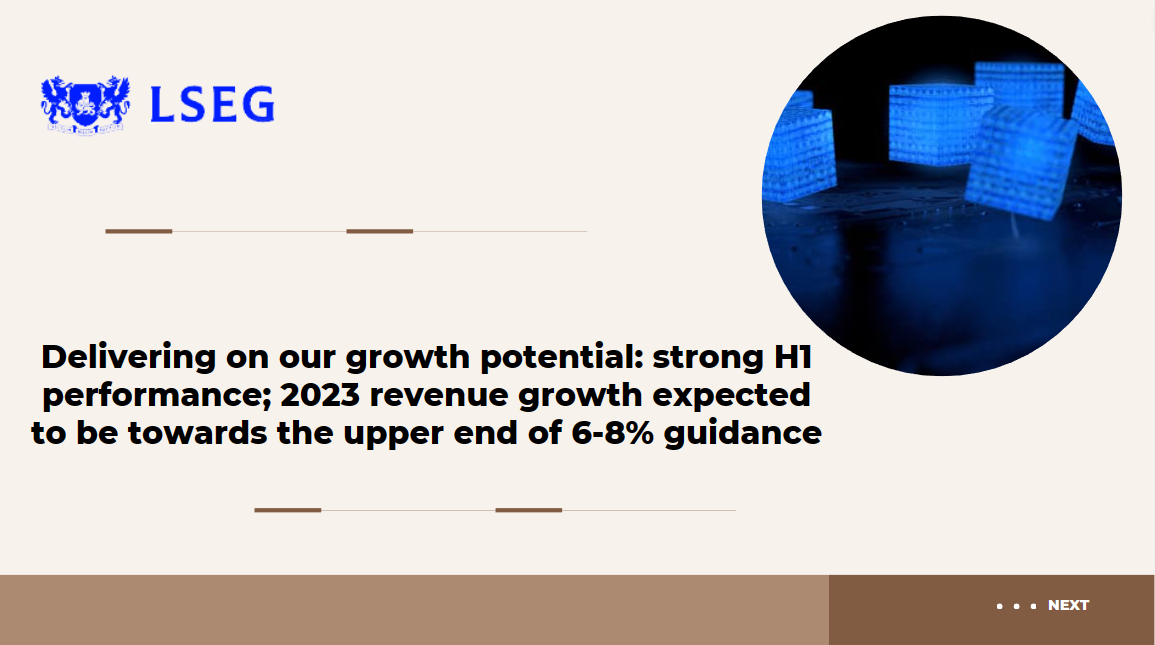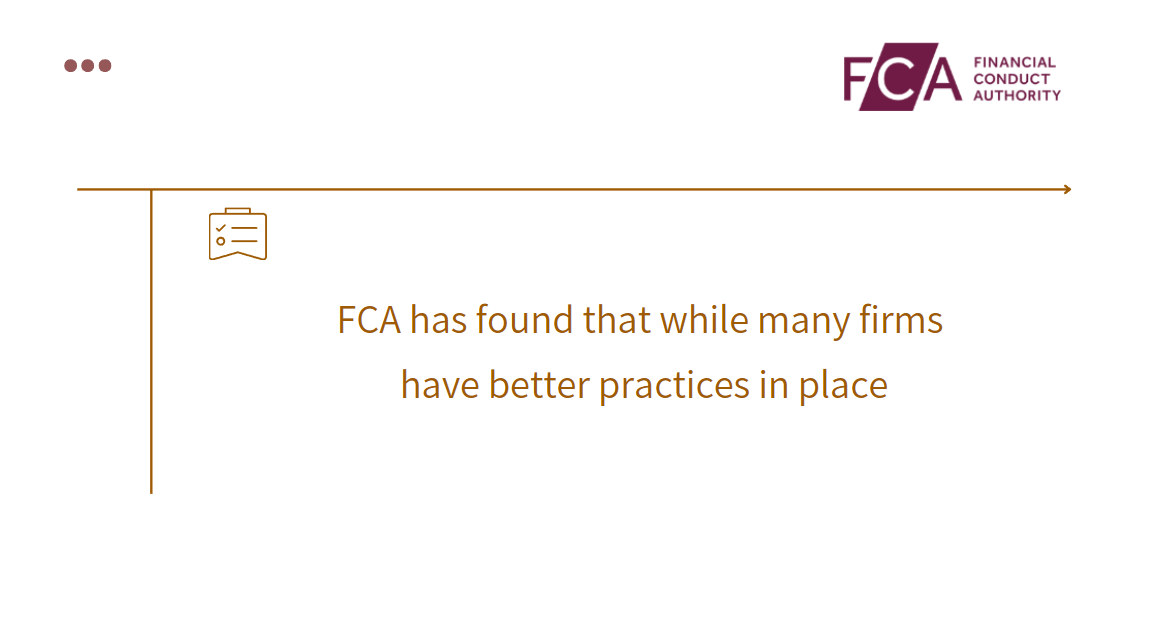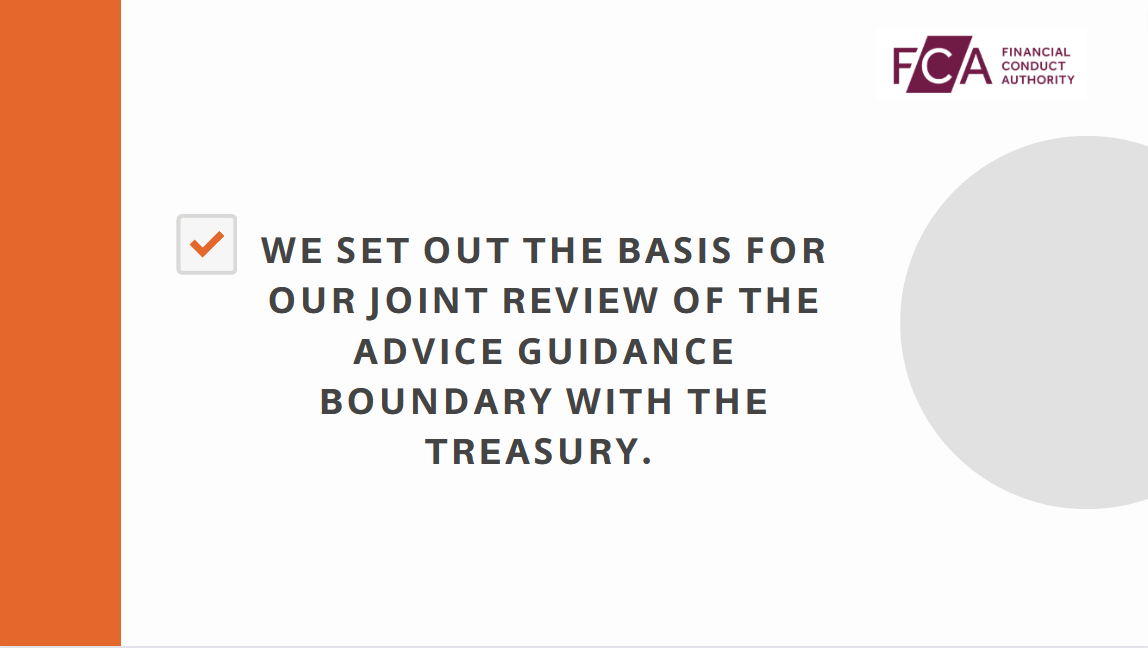How vulnerable are UK companies to higher interest rates?
Rising interest payments relative to corporate earnings are making it difficult for some medium and large companies to repay debts. Despite this, the share of companies in this position is expected to stay below historical peaks.
Higher interest rates are putting pressure on indebted corporates through higher debt servicing costs. Such pressure increases the likelihood of defaults on corporates' debt and may lead some firms to reduce investment and employment sharply. Defaults can increase risks to financial stability directly through reducing lender resilience, while sharp reductions in investment and employment can indirectly affect financial stability by amplifying macroeconomic downturns.
One measure of a company's debt-servicing ability is through their interest coverage ratio (ICR), calculated by dividing a companies’ earnings before tax and interest by their interest expense. Companies with low ICRs are more likely to experience difficulties in making their debt payments.
Chart A shows the debt-weighted proportion of large and medium corporates with low ICRs (less than 2.5) over time. The line for large corporates closely tracks the aggregate line, because 85% of debt in our sample is held by large corporates. Medium-sized corporates are more likely to have low ICRs.
The chart uses the latest available balance sheet data, which in most cases is 2021. After that, and to project ICR shares forward, it uses market expectations for Bank Rate at the end of June (with a peak of 6.1%), together with the MPC's May 2023 Monetary Policy Report (MPR) forecast for other relevant variables. In aggregate, the proportion of firms with low ICRs is projected to increase from 45% in 2022 to 50% at end-2023.
There are a number of ways in which the methodology is limited. For example, it does not take into account potential actions corporates could take to reduce the impact of rising rates such as deleveraging and debt restructuring, and it does not allow for the impact of any interest rate hedging by firms. In fact, there is some evidence of corporate deleveraging in more timely aggregate data, which is not yet reflected in the more lagging corporate balance sheet data used in the calculations presented here.footnote[1]
Looking at previous peaks in the share of corporates with low ICRs, such as those associated with the global financial crisis (GFC) and Dotcom crash, provides some context on the extent of challenges currently facing corporate borrowers. Current vulnerabilities are below those peaks (Chart A). It would take a further upward shock to borrowing costs of over 200 basis points and 800 basis points respectively – on top of the increases already expected – to reach GFC and Dotcom shares of low ICR firms.
A negative shock to corporate earnings relative to the May MPR forecast could also increase the share of low ICR firms relative to the projection.
It is notable that despite the severity of the GFC, the peak share of vulnerable corporates was relatively low. Unlike households, corporates did not, in aggregate, enter the GFC in a particularly leveraged position, although they did face credit supply constraints in its aftermath. Such credit constraints are less likely to occur now, as UK banks are significantly better capitalised than before the GFC, as demonstrated by the 2022/23 annual cyclical scenario (ACS) results.






















































First, please LoginComment After ~